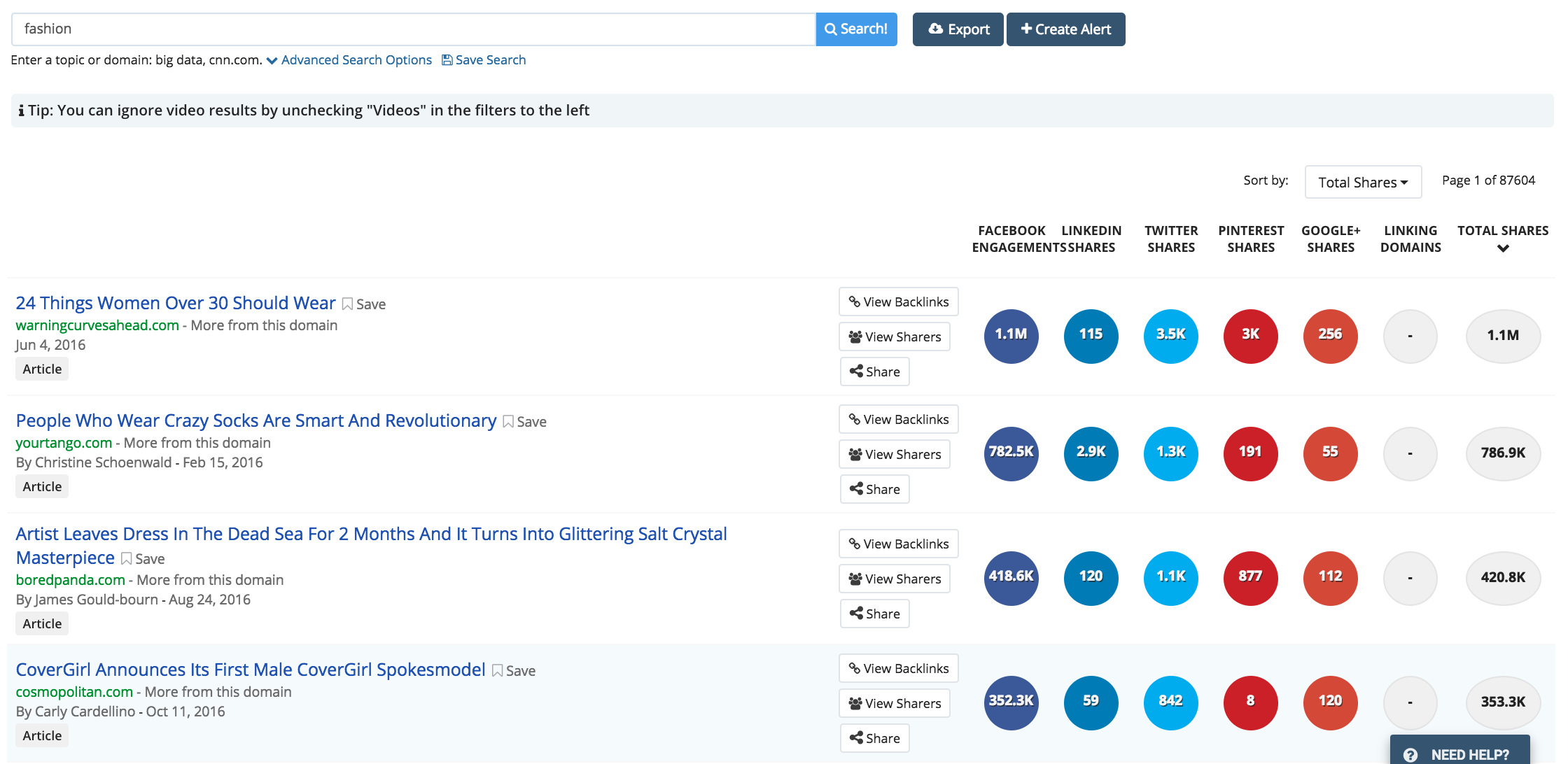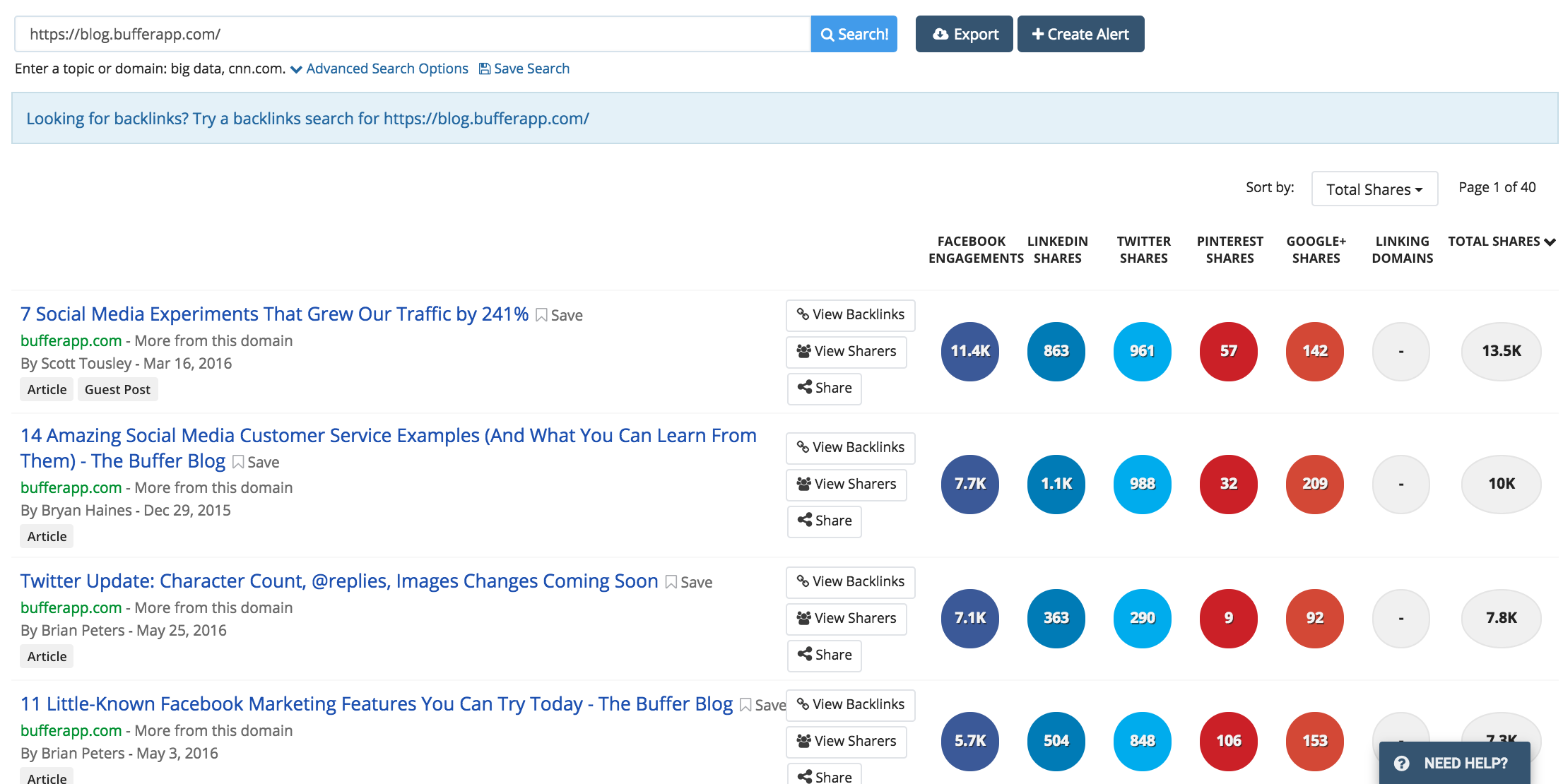HOW TO FIND THE FAVE SOCIAL PLATFORMS OF YOUR READERS (+ WHY YOU NEED TO KNOW)
How many new social media platforms have you tried to make more of an effort with this year? Snapchat? Instagram Stories? Blab? It seems that if we’re not trying out the latest app in the social world, we shouldn’t be bothering with social at all.
I don’t agree with this. Yeah, social media is great for SO many reasons. But the fact that there’s so much pressure for us to be on every single social platform out there? No thanks. It just wouldn’t be possible to have a presence on all of them, unless you wanted to do half a job.
Instead, it’s loads better to focus on just a few platforms that you know you love and that your audience is active on.
If only it was that simple to discover them with the click of a finger 😉
You could just take a guess, which is what most of us would probably do.
But it’s like your optimal posting times - why just guess when your audience is most active online when you can find out for sure?
So what you need to do is figure out which social media platforms your readers love the most and be super super active on those channels.
But as we said, it just ain’t that simple. Then again, nothing is in our industry, right? I’ve tried many different ways of doing this, trying to get the most perfect result. Turns out like many things, there’s not a one-set way of doing it.
Today, I wanted to take you through this process step by step so you can get the best results for you and your audience. Let’s go.
Tip: Want a step-by-step guide to help you get through this more quickly? I've got your back. Download the free checklist!
#1 | Send emails to your most loyal readers
What do you do when you want something? You ask of course! Which is exactly what you’ve got to do here. The first group of people you want to target is the one that includes your most loyal readers and those who interact with you the most.
How do you know who these people are? It’s simple:
They always share your content on Twitter
They comment on your Instagram photos regularly
They’re signed up to your mailing list community & frequently reply to the newsletters you send out
The people on your email list are especially the people you want to focus on. They’re clearly loyal members of your community, because they’ve been willing to give their email address to you to get more content from you. They trust you and find value in what you have to offer.
I’d pick a group of no more than ten people to email with a list of some quick questions. You want to make sure your questions cover:
Their favourite social platforms
What platforms they share content on
Where they connect with friends and family
Where they connect professionally or for the purposes of their blog
Try and ask open questions (ones that require more than just a yes/no answer), so you can get the best response possible. If you pick the right people, they’ll be the ones to give you detailed answers.
#2 | Your reader survey
If you’re serious about your blog, it’s a super good idea to send out a reader survey once a year. If you want to learn how to create one, read this post as part of the #BloggingBreakthrough challenge.
There’s also another way of doing it. You don’t have to include it as part of your yearly survey - you could just send out a quick one-off survey asking a couple of questions to get some research. This is a much quicker way of doing research than emailing people with questions like an interview.
You want it to be brief and to-the-point. And if you do get some responses from the emails you sent out in step one, you can use these to formulate your questions.
The most important question to ask? “Which social media platform do you love using the most? Facebook, Twitter, Pinterest, Instagram, Snapchat etc…)"
#3 | Research your competitors
I don’t like it when blogging becomes a competitive industry. Your competitors are your friends and the people you admire - but that doesn’t mean you can’t research them 😉
Whether you want to find out what platforms your audience is active on or not, this step will really help you anyway.
You want to put together a list of websites that target the same audience as you. You can use a spreadsheet in Excel or Google Docs to keep it all in one place.
If you’re unsure about the audience, then just try to find websites that produce content that is similar to yours. I found mine through the blogs I follow on Bloglovin’ and through the pins I’ve been pinning too. You can also see if some of your audience follow these blogs on some social media platforms.
A great tool that Tom uses all the time at work is BuzzSumo. You just input a topic into the search bar and you’ll see the posts that have been shared the most on that topic and the websites they’ve come from too. Winner.
#4 | How do readers of those sites share content?
It’s great discovering sites that are similar to yours, but what’s going to be even more valuable to you is this:
Discovering how people socially share content from those sites.
So some of my readers use Twitter to share my blog posts, whereas others prefer to pin them. That’s what you’ve got to look at. When someone is sharing content from one of these sites, what platforms do they use?
You can use BuzzSumo again for this, but instead of inputting a keyword, you input the exact URL of one of the websites you want to research.
Let’s think big and analyse the Buffer blog.
This page will show you the five most popular posts from that website from the past twelve months. Then to the right, you’ll see all the social shares it gets from Facebook, LinkedIn, Twitter, Google+ and Pinterest.
You want to note down the most popular way users share content from each of the sites on your list. Hopefully, a few trends will start to appear, some of which will probably surprise you…
#5 | Research the top two social sites
This exercise from the previous step should’ve narrowed down your selection of social channels down to a top one or two.
It’s all well and good knowing these are popular ways for readers similar to yours to share content. But what if they’re not a match for your blog and audience? That’s what this step is for.
Here’s what you need to look at:
Who generally uses the platform? Men or women? What’s the average age? You should be able to find out this information quickly enough with a simple Google search.
What type of platform is it? For instance, lots of photographers use Instagram because it’s a visual platform. Whereas lots of writers or bloggers use Twitter, because it’s all about the words. The type of platform should relate directly to what you do.
Does this platform relate to your overall purpose? Will it help you reach your goals?
Here are some examples:
A DIY blogger decides to concentrate on Pinterest as her main social media platform, because she’s targeting mums who have a main hobby of DIY projects. DIY is very popular on Pinterest, so she can have a lot of faith that this platform will help her grow her online presence.
A social media blogger will know that their audience relies most heavily on platforms like Twitter and Facebook, so they decide to utilise both of those platforms to see what results they get.
A landscape photographer chooses Instagram, because it’s the perfect channel to act as his portfolio.
Get it? So even though those examples are quite general, each one demonstrates not only who they’re trying to target, but also the best way to use each individual social platform to its advantage.
A Final Note
When you first start out blogging or building an online presence, it’s easy to think you’ve got to be active on every social platform out there.
It doesn’t have to be that way. That’s why the research stage is so important.
If you want to give Twitter a go, because your research is telling you that’s where your audience is most active, then do it. Set a goal for about six months, then evaluate the impact you’ve made so far - not in terms of your Twitter stats, but in terms of how much traffic you’re generating back to your website.
On the other hand, if it doesn’t seem to be working for you, don’t be afraid to put a lower amount of effort into it or ignore it altogether. You can always come back to it when you’ve built up your presence on another platform.
And just like you update your optimal times every week, it’s a good idea to repeat this process every six months to stay on top of what your audience is doing. Let’s face it - they’re the most important people you want to please.
I’ve found the best way to get real results with social media is to find out where your audience is hanging out and go hang out with them. Your research will help you find the best places for you to and do that.
Want the free checklist to help you go through this process again in six months? Get it here!
Do you know what social media platforms your audience love to spend time on the most? Do you think you’ll try this exercise to help you with your social media goals in 2017? Let me know your thoughts in the comments.







